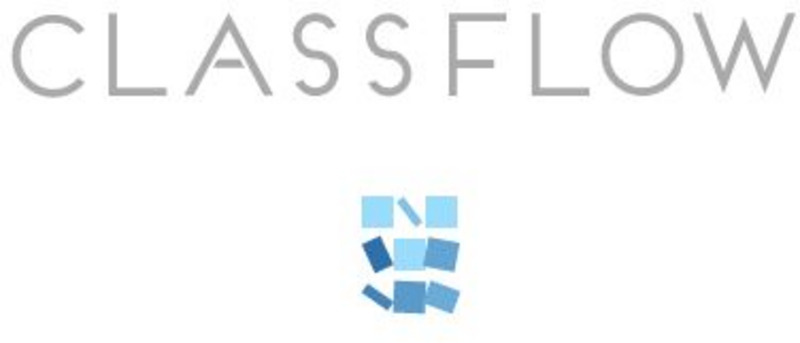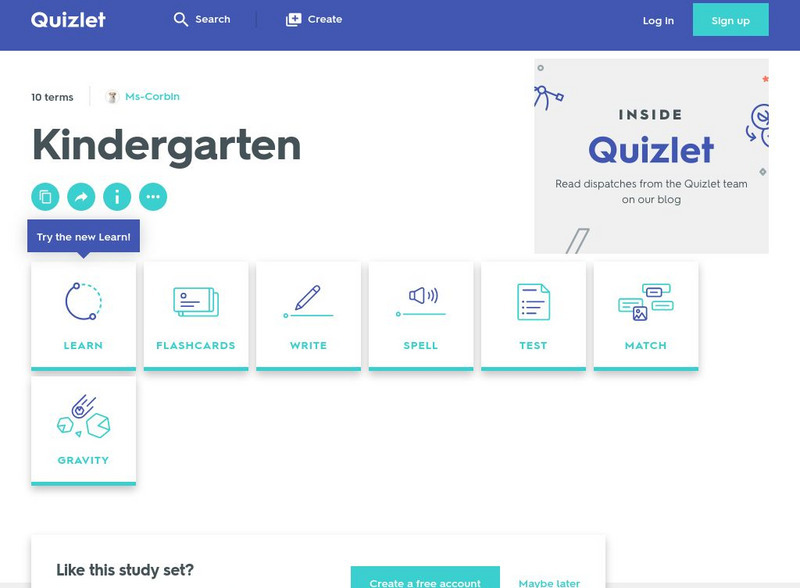Hi, what do you want to do?
Education Place
Houghton Mifflin: Eduplace: 5 Ws Chart [Pdf]
This site from Houghton Mifflin Company provides a simple, reproducible chart to help students gather details of Who, What, When, Where, and Why. This could be used as a reading comprehension tool, or as prewriting for expository writing.
Enchanted Learning
Enchanted Learning: 5 W's Diagrams
Enchanted Learning provides several examples of graphic organizers that can be used for gathering Who, What, Where, When, and Why information, either for reading comprehension or prewriting. These template suggestions can only be printed...
Other
Woodward English: Questions Words
Woodward English: Questions Words uses pictures and words to answer the 5 W's and H questions.
TES Global
Blendspace: Who? What? When? Where? Why? How?
An eleven-part learning module with links to websites, an image, and a video about using questioning skills to research and write about one's family history.
Can Teach
Can Teach: How to Write a 5 W Poem
This site describes how a 5W poem is a good way to teach children to identify and focus on the five W's of a story or an event. Lesson plan indicated for 1st grade and above.
ClassFlow
Class Flow: Graphic Organizer Five W's
[Free Registration/Login Required] This flipchart is a graphic organizer that helps students identify the 5 W's-- Who- What-When-Where-Why-- and How. This is helpful in summarizing reading selections, historical events and creating news...
Other
Live Worksheets: Question Words
This interactive worksheet features interrogative sentences with missing question words. Students will type in one of following words or phrases into each sentence: who, what, where, why, when, how, and more. Students will then submit...
Wisconsin Response to Intervention Center
Wisconsin Rt I Center: Event Map [Pdf]
Teachers will learn how to use event maps with students. They will learn how to implement event maps with literary and informational texts; measure progress with event maps; and find research to support event maps. A reproducible event...
Quizlet
Quizlet: Kindergarten
Kindergarten flash cards that have words and names with questions and some pictures on the flip sides.
Michigan State University
Michigan State University: Intervention for Reading: Story Grammar Training
This intervention emphasizes the importance of metacognitive or active reading strategies to improve comprehension. It directs young scholars' attention on story structure by teaching them to ask five "wh" questions about the settings...
Other
Dorling Kindersley: Question Words [Pdf]
This worksheet helps students understand the words we use to ask questions. [PDF]





![Houghton Mifflin: Eduplace: 5 Ws Chart [Pdf] Graphic Houghton Mifflin: Eduplace: 5 Ws Chart [Pdf] Graphic](https://static.lp.lexp.cloud/images/attachment_defaults/resource/large/FPO-knovation.png)






